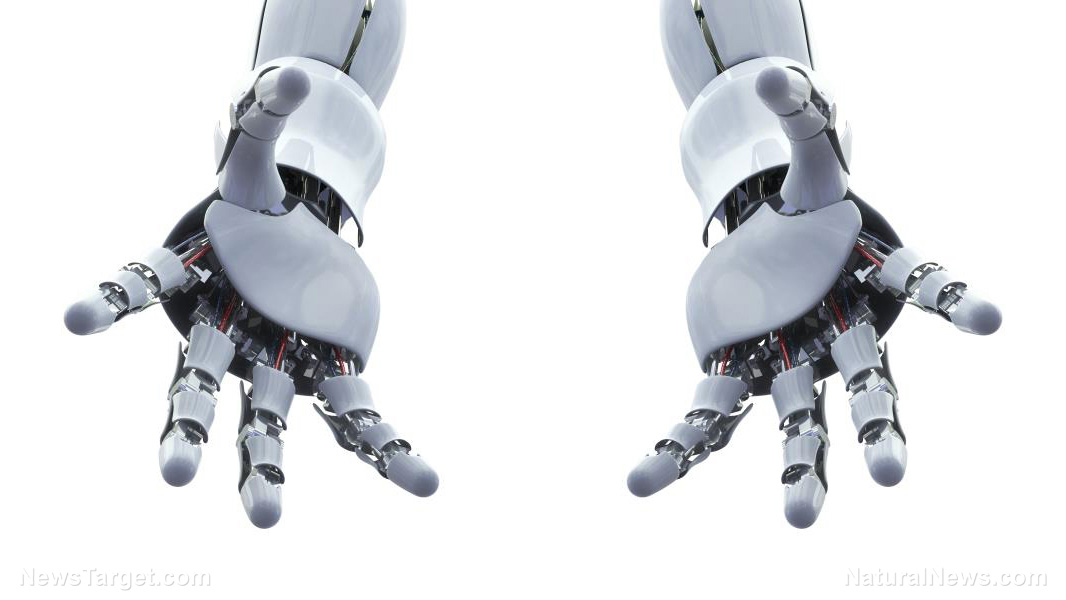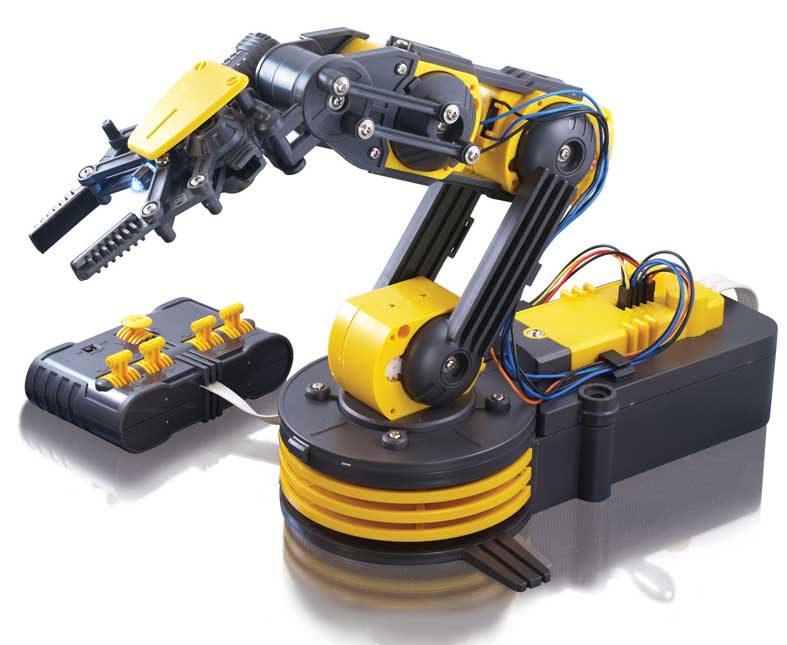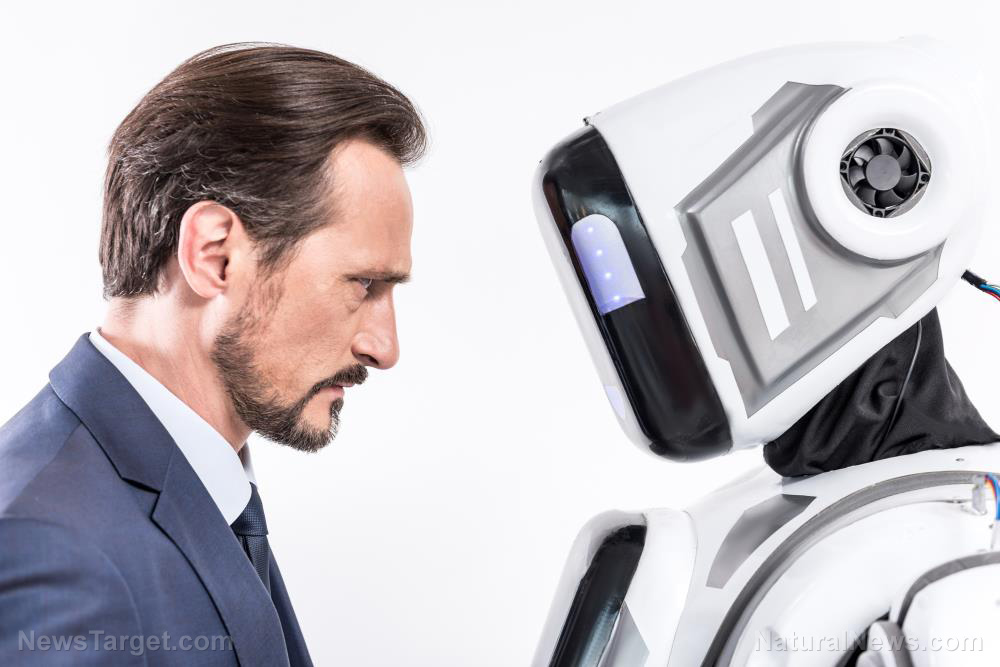3D printable robot arm created that could be used for sign language, making communication easier for hearing-impaired
05/08/2018 / By Frances Bloomfield

Sign language interpreters aren’t always available, making communication between the hearing and deaf communities all the more difficult. Closing this gap through technology is an option that continues to see numerous attempts. The latest of these is a robotic sign language interpreter that takes the form of an arm.
The creation of researchers at the University of Antwerp, this handy gadget has been dubbed Project Aslan, which stands for “Antwerp’s Sign Language Actuating Node.” It works by translating and signing text messages that are sent into it by the computer it’s hooked up to. Project Aslan communicates via fingerspelling, an alphabet system in which unique gestures correspond to specific letters.
Stijn Huys, who spearheaded Project Aslan, explained that his team’s endeavor was born out of deficiency. “I was talking to friends about the shortage of sign language interpreters in Belgium, especially in Flanders for Flemish sign language. We wanted to do something about it, I also wanted to work on robotics for my masters, the two were combined,” said Huys.
Putting it together was no easy feat. According to NewAtlas.com, the hand is made up of electronic components and plastic parts. The electronic components included an Arduino Due microcomputer, three motor controllers, and 16 servo motors, to name a few. About 25 plastic parts were 3D-printed using a simple desktop printer over the course of 139 hours. Putting all the parts together took another 10 hours.
Being little more than a single arm, signing more complex messages will be of great difficulty for the robot. Huys and his colleagues, Guy Fierens and Jasper Slaets, have said that they plan on adding another arm in the future to make it easier to motion two-handed gestures. Another possible addition to this set-up is an emotive robot face to convey facial expressions. Furthermore, the team may also delve into including a translation option for spoken words.
Of course, a robot sign language interpreter can’t take the place of a human, but it is a stellar alternative, especially in circumstances where human help isn’t immediately available to hearing-impaired people. “A deaf person who needs to appear in court, a deaf person following a lesson in a classroom somewhere. These are all circumstances where a deaf person needs a sign language interpreter, but where often such an interpreter is not readily available,” explained robotics teacher Erwin Smet. “This is where a low-cost option like Aslan can offer a solution.”
Moreover, Huys believes that the applications of Project Aslan could even extend into hospital settings. Not all people who work in medical fields have the time to learn sign language, which only adds to the challenge of caring for patients with hearing disorders. Written text won’t completely solve the problem either since a number of people who’ve been deaf from birth are unable to couple letters with sounds to make sense of what’s before them. Having the robot on hand will help facilitate communication between patients and hospital staff. (Related: Taking orders from the cat: Scientists have created an AI cat robot to keep the elderly company and remind them to take their medication.)
Currently, Project Aslan is still in its prototype form. Though once the soft mechanical design and software have been finalized, they will all be made open source and hopefully people of all ages the world over will create their own versions of Project Aslan. That’s what Huys is hoping for. “It would be nice for the children to put the robot arm together themselves. We’ve developed it as a collection of pieces that are 3D printable and that click together,” he mused.
Discover other ways through which robots are being used to improve the lives of people by visiting Robotics.news today.
Sources include:
Tagged Under: 3D printing, communication, computing, deaf, future tech, hearing impaired, robotics, robots, science, science and technology, technology




















